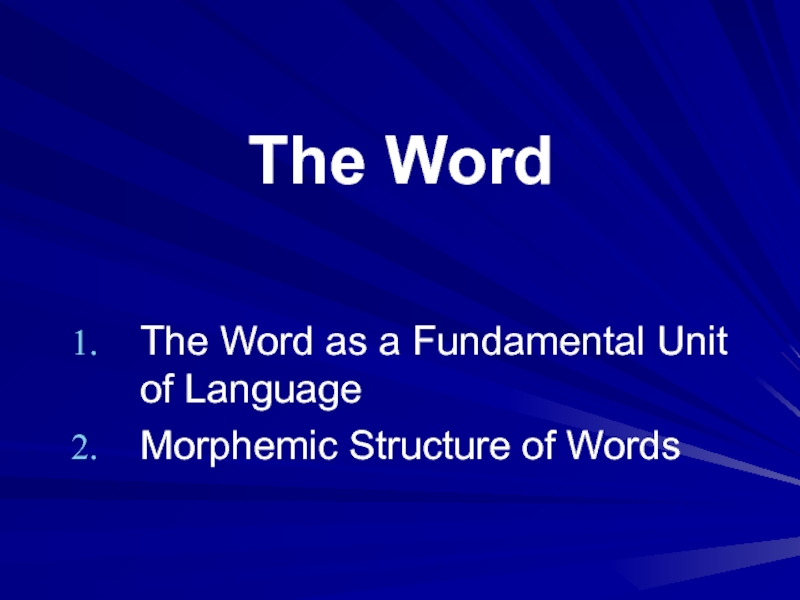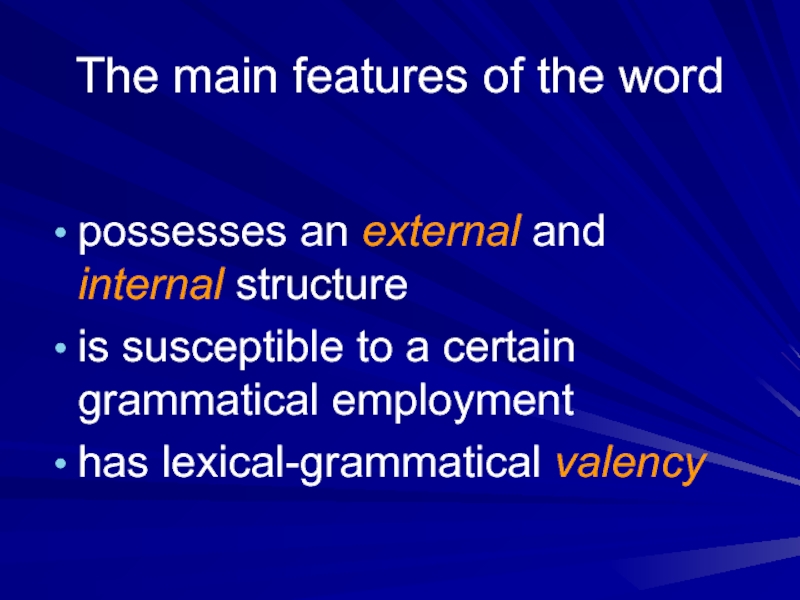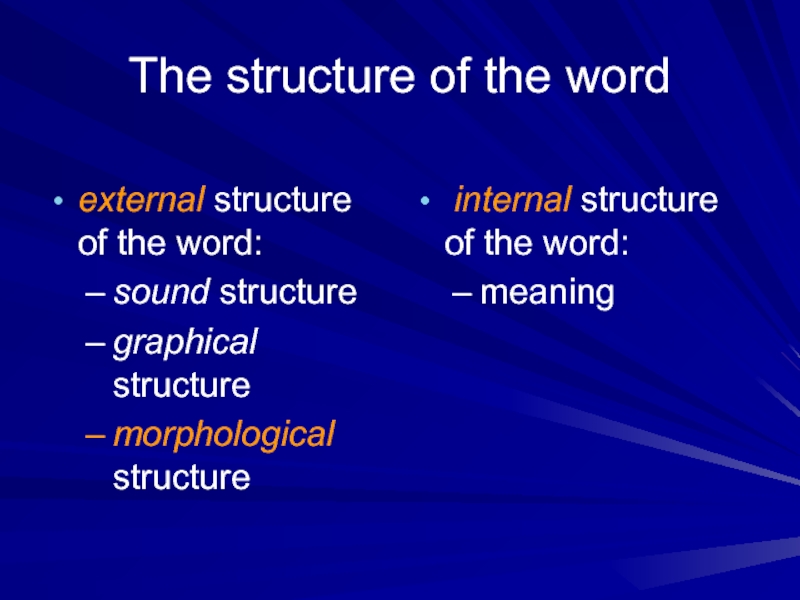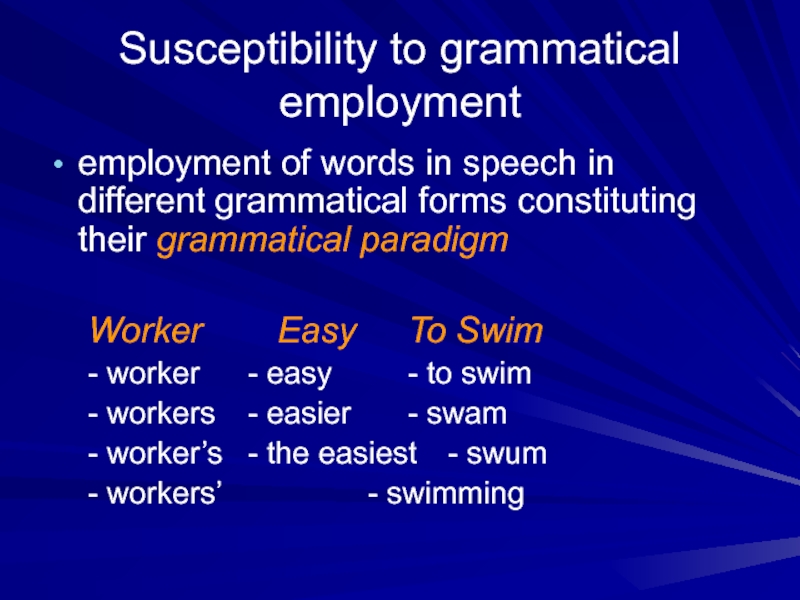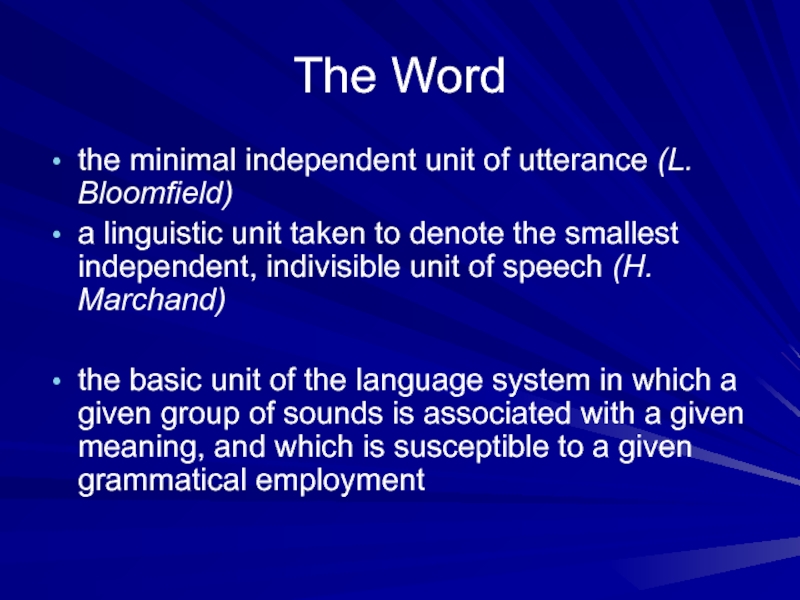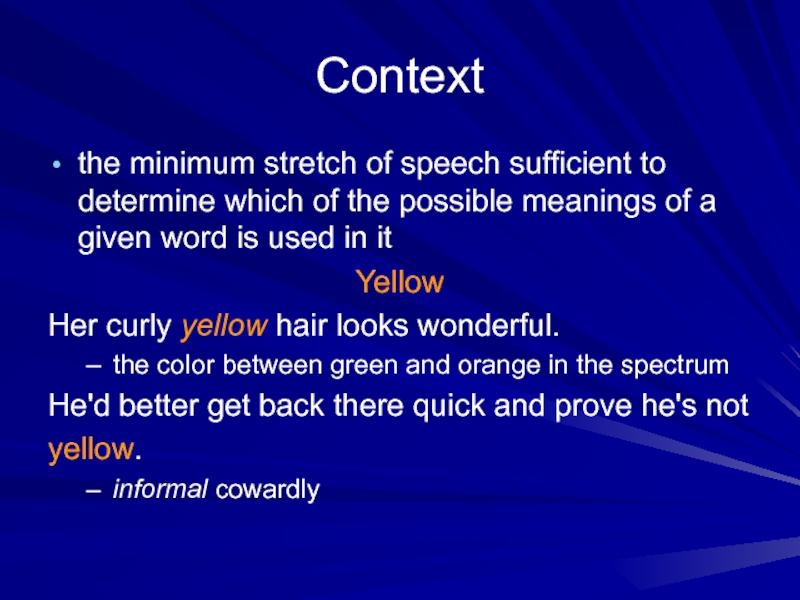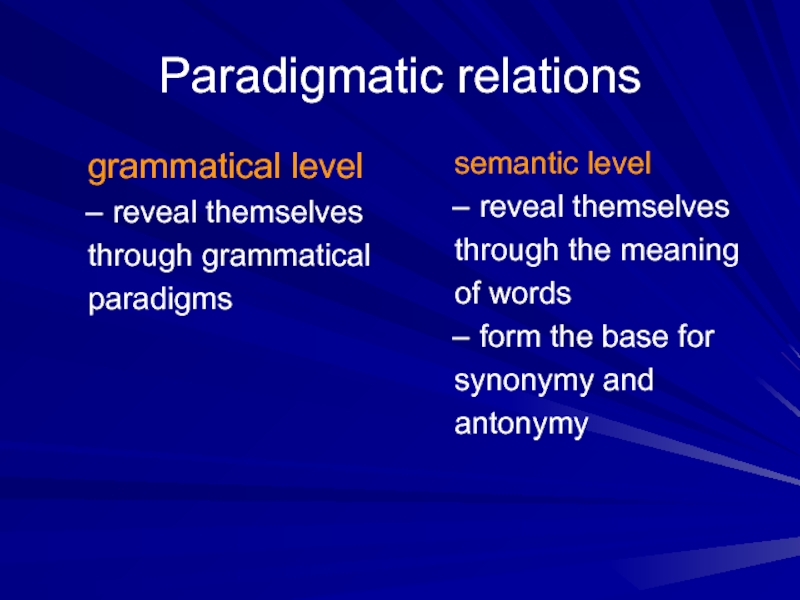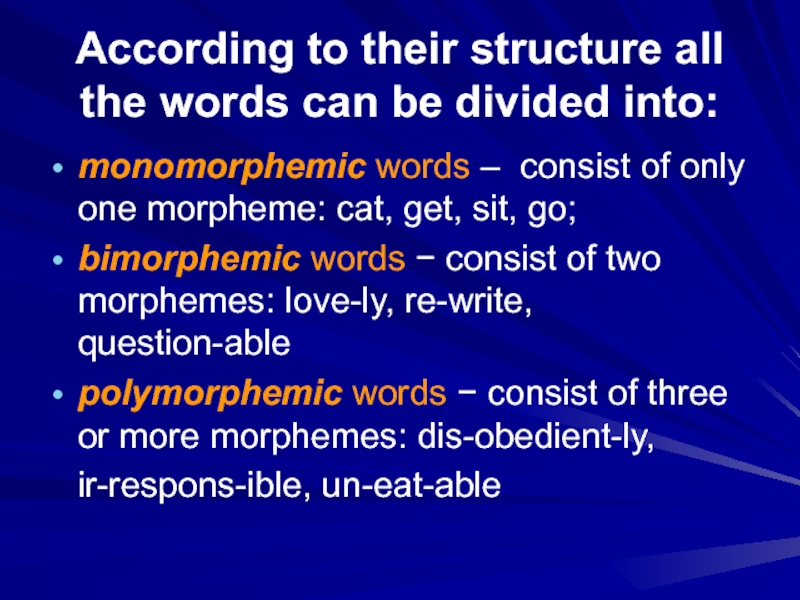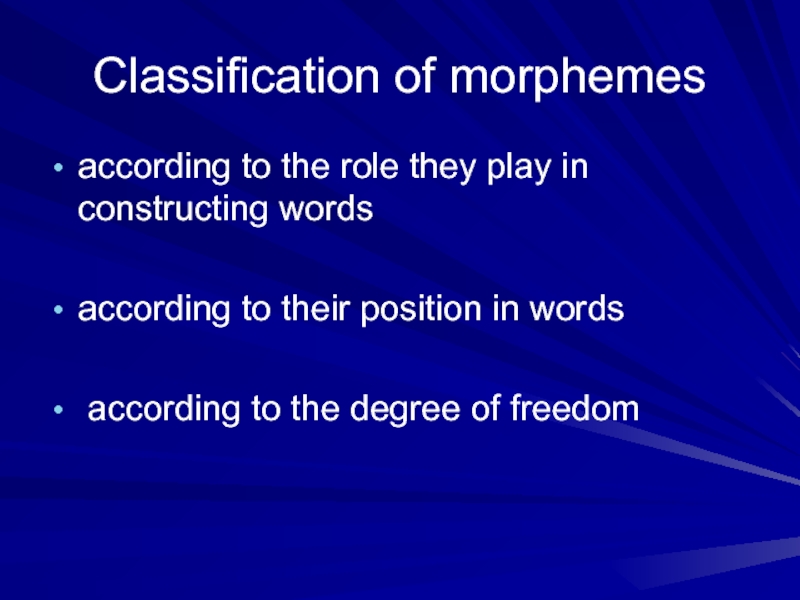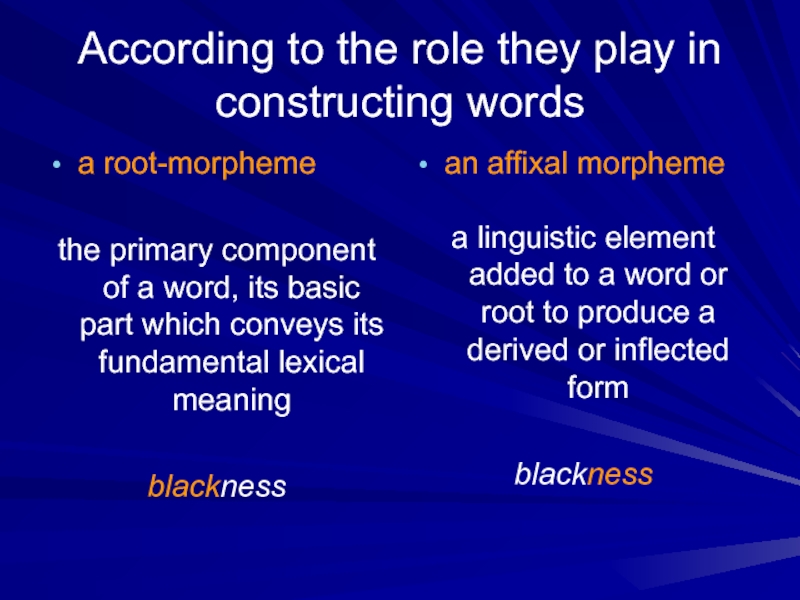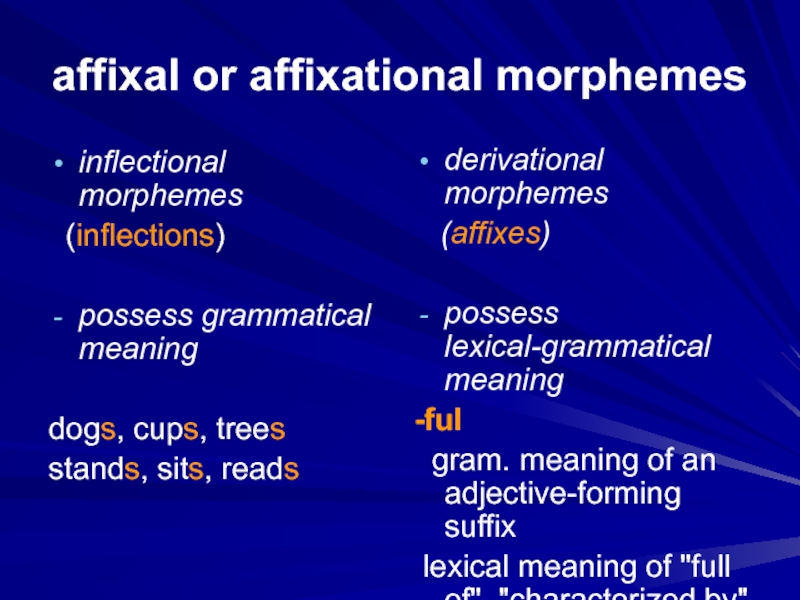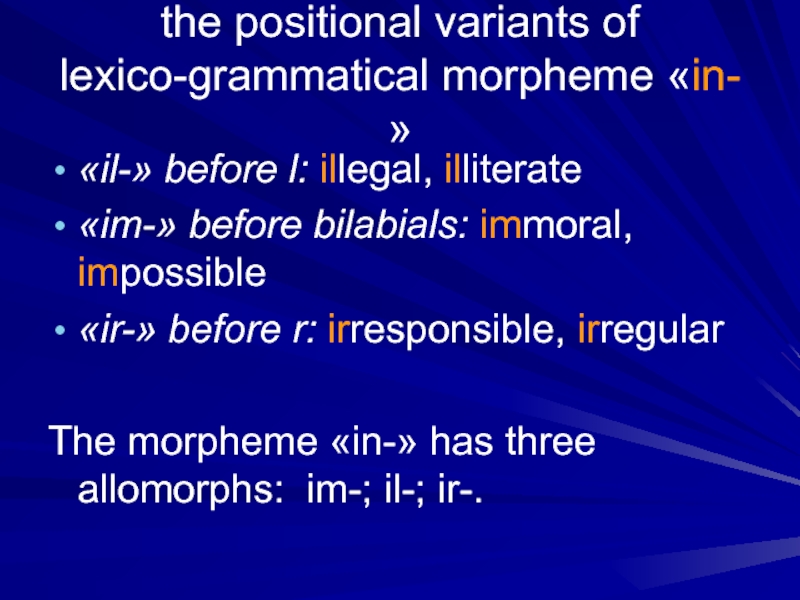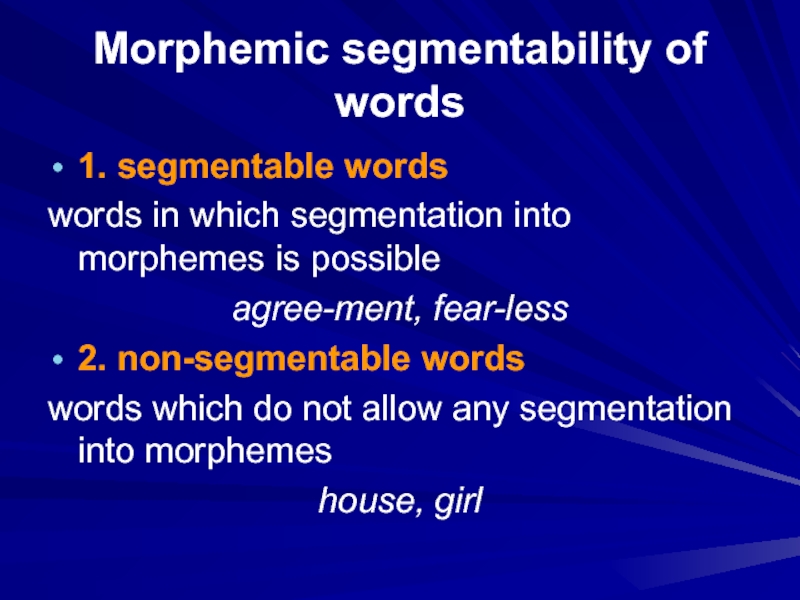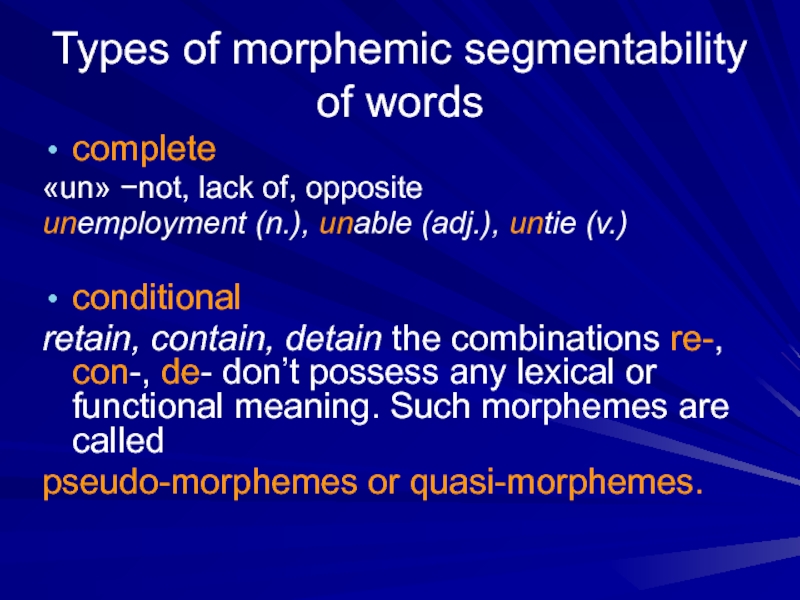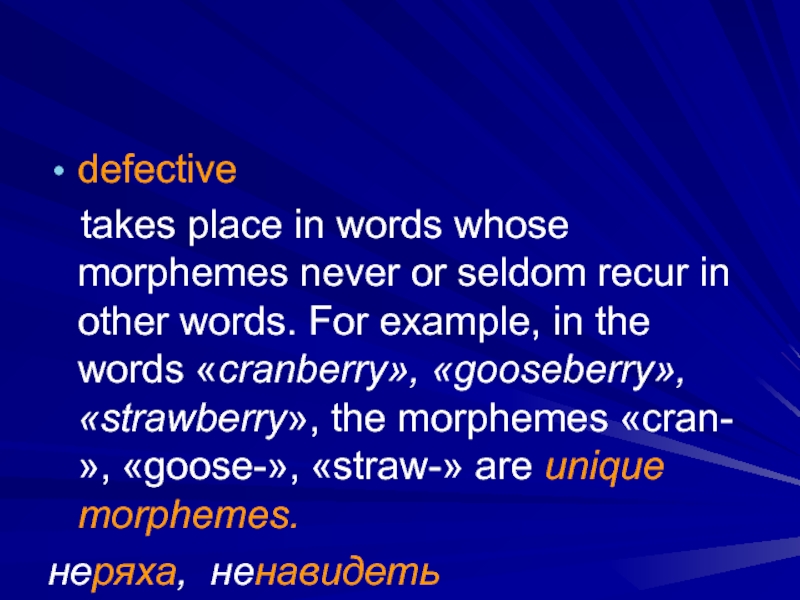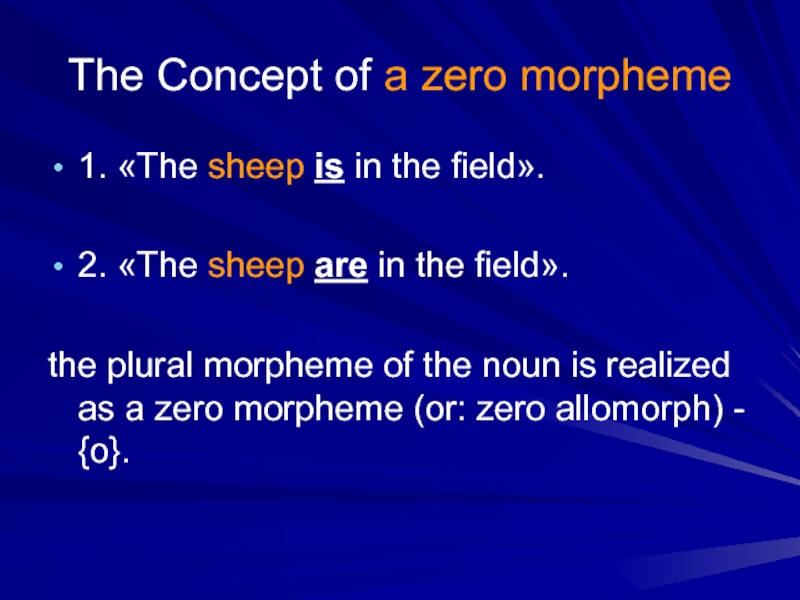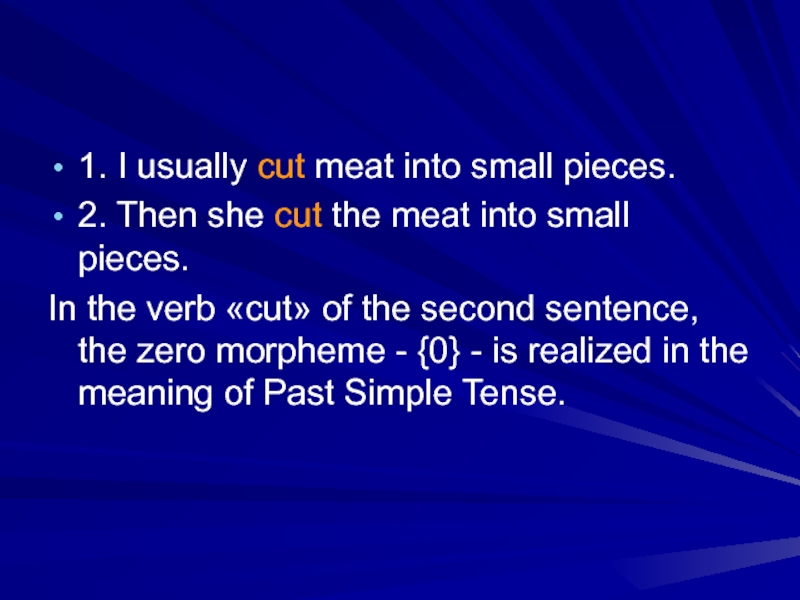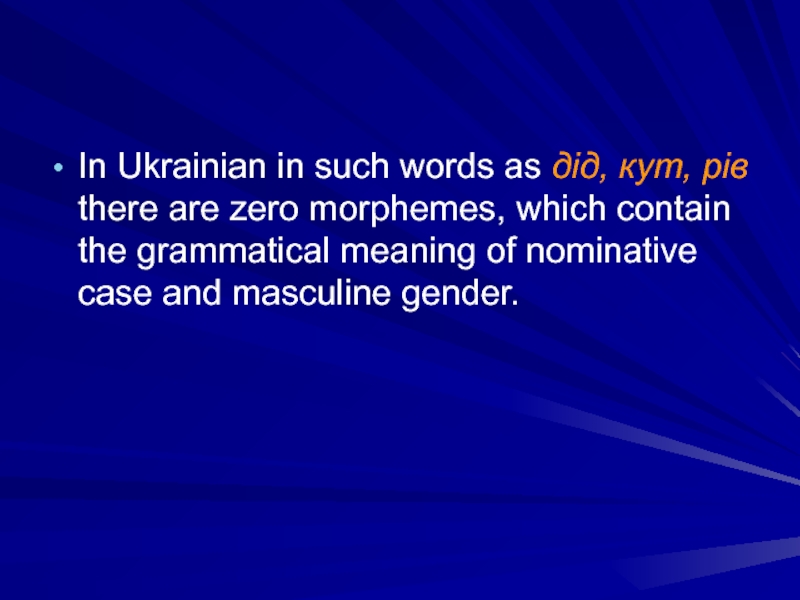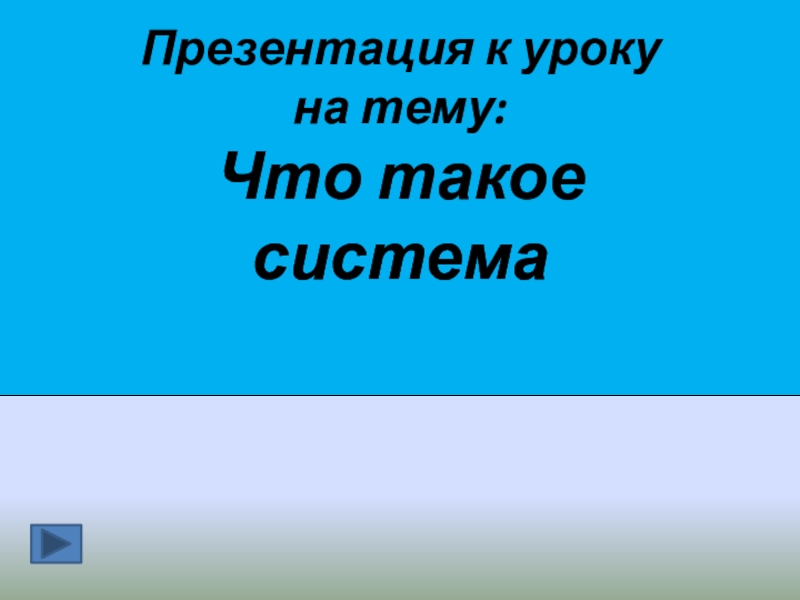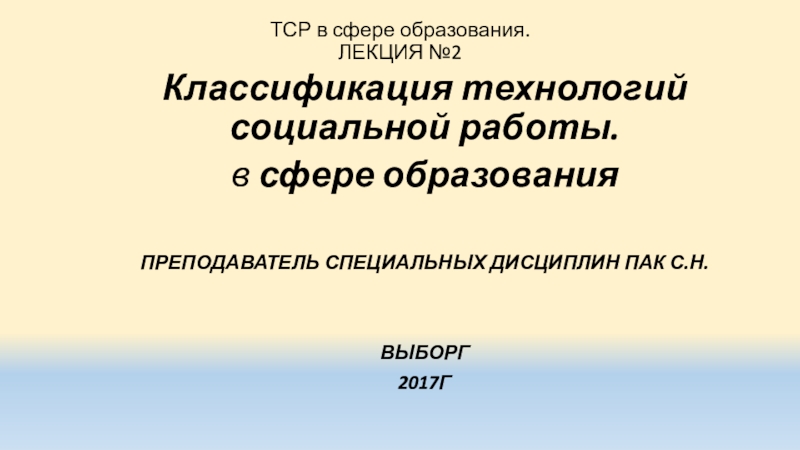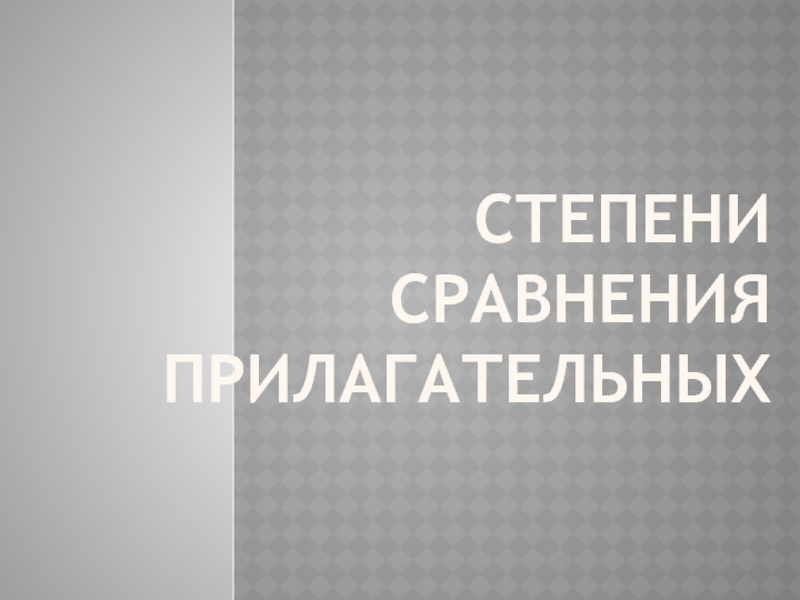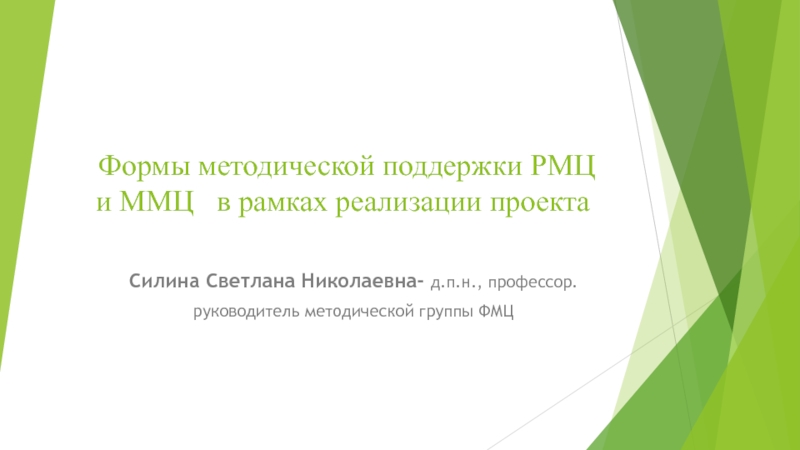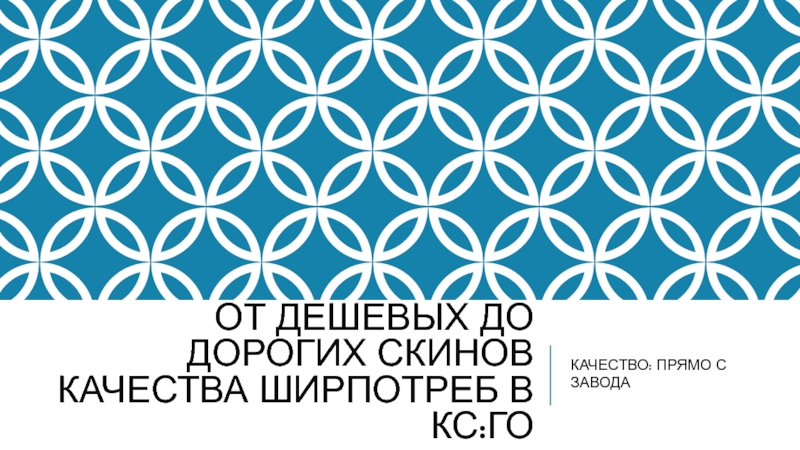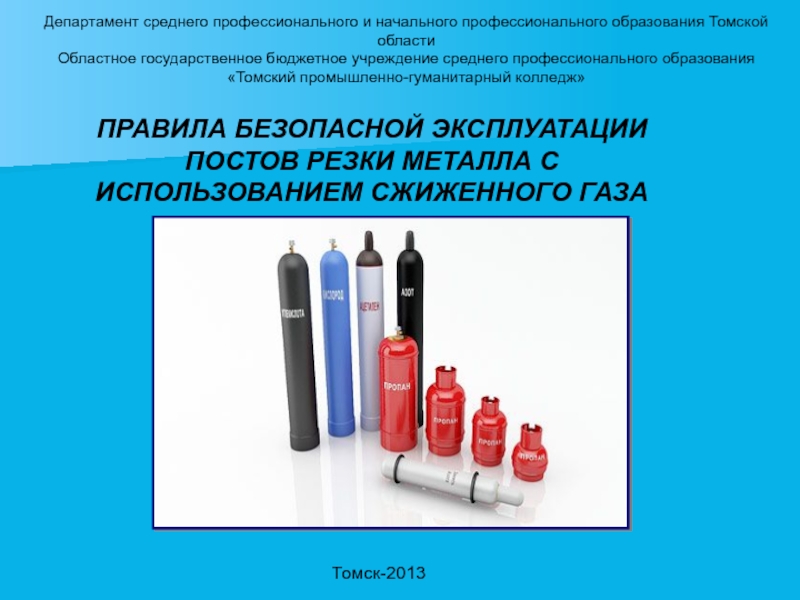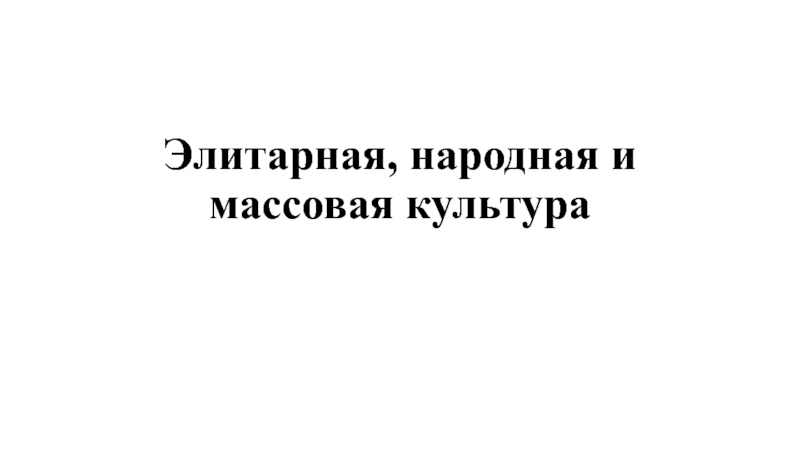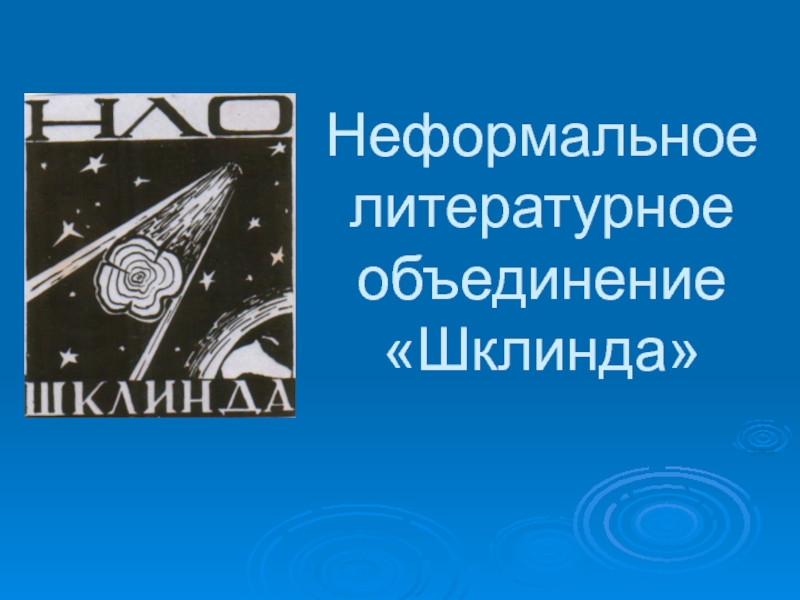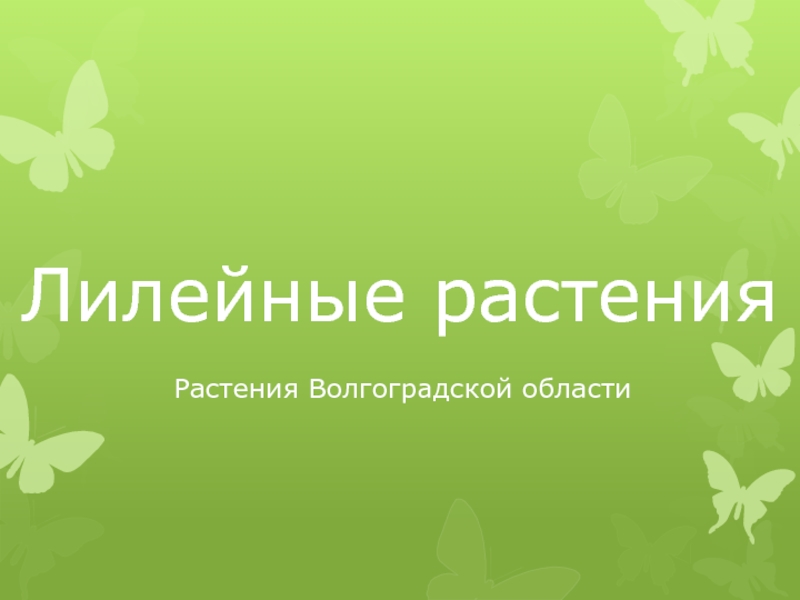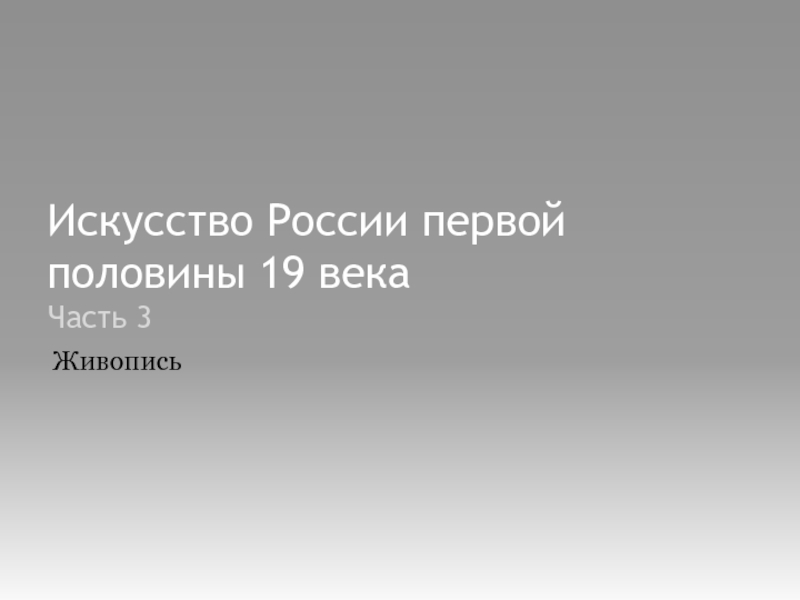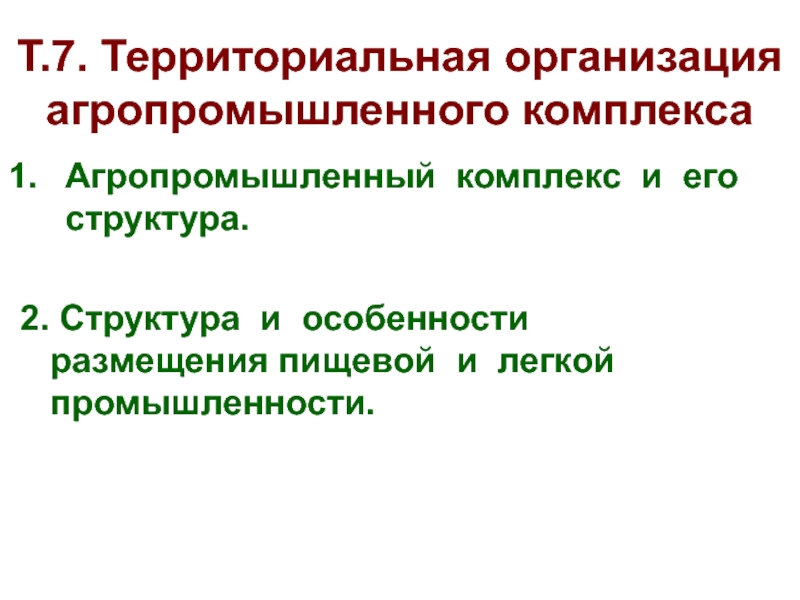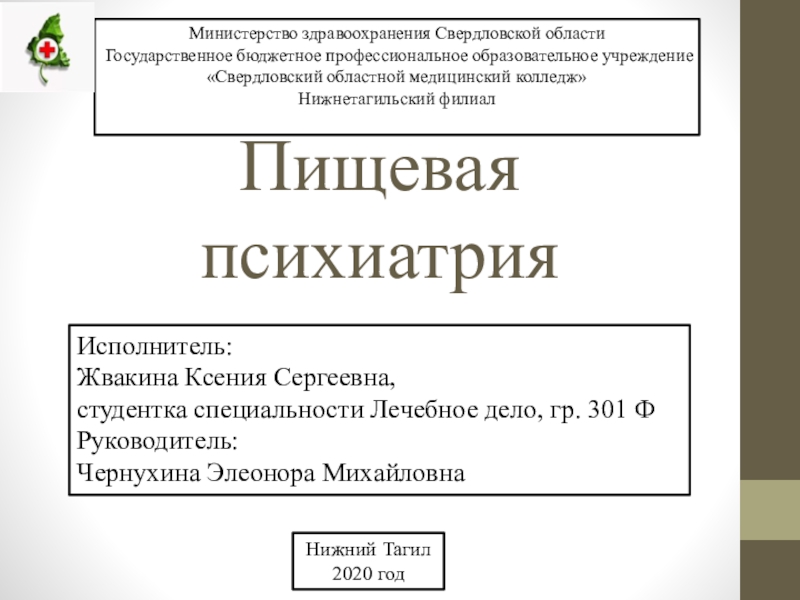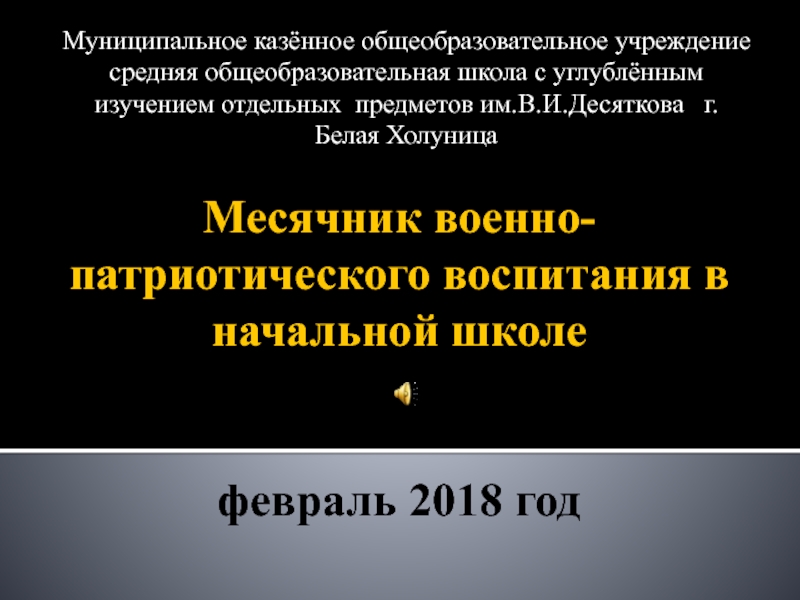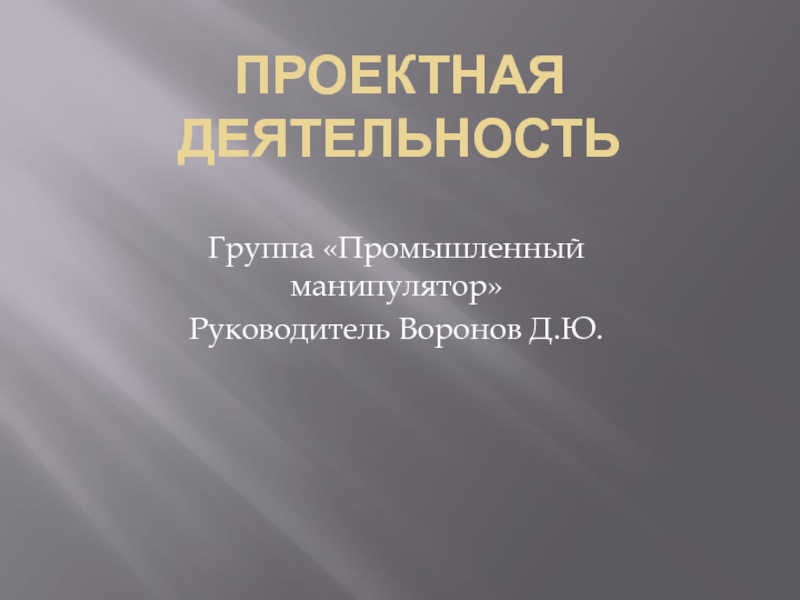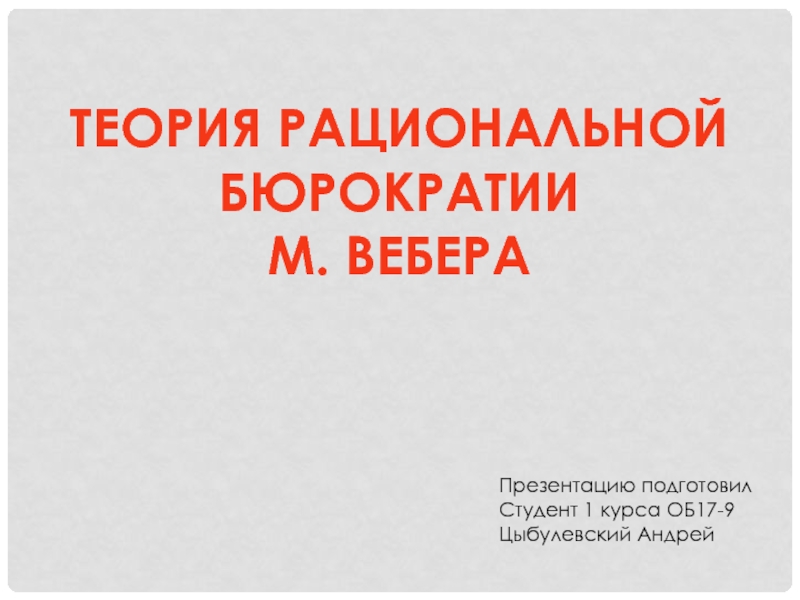Разделы презентаций
- Разное
- Английский язык
- Астрономия
- Алгебра
- Биология
- География
- Геометрия
- Детские презентации
- Информатика
- История
- Литература
- Математика
- Медицина
- Менеджмент
- Музыка
- МХК
- Немецкий язык
- ОБЖ
- Обществознание
- Окружающий мир
- Педагогика
- Русский язык
- Технология
- Физика
- Философия
- Химия
- Шаблоны, картинки для презентаций
- Экология
- Экономика
- Юриспруденция
The Word
Содержание
- 1. The Word
- 2. The main features of the word possesses
- 3. The structure of the wordexternal structure of
- 4. Susceptibility to grammatical employment employment of words
- 5. The Wordthe minimal independent unit of utterance
- 6. Syntagmatic and paradigmatic relations between the words
- 7. Context the minimum stretch of speech sufficient
- 8. Paradigmatic relations grammatical levelreveal themselves through grammatical paradigms semantic level
- 9. Morphemic structure of wordsMorpheme − «morphe» means
- 10. According to their structure all the words
- 11. Classification of morphemesaccording to the role they
- 12. According to the role they play in
- 13. affixal or affixational morphemesinflectional morphemes (inflections)possess
- 14. According to their position in words prefixes
- 15. According to the degree of freedom free
- 16. an allomorph (from allo- ‘other, different’ +
- 17. the positional variants of lexico-grammatical morpheme «in-»
- 18. Morphemic segmentability of words1. segmentable wordswords in
- 19. Types of morphemic segmentability of words complete
- 20. defective takes place in words whose
- 21. The Concept of a zero morpheme1. «The
- 22. 1. I usually cut meat into small
- 23. In Ukrainian in such words as дід,
- 24. Скачать презентанцию
The main features of the word possesses an external and internal structureis susceptible to a certain grammatical employment has lexical-grammatical valency
Слайды и текст этой презентации
Слайд 2The main features of the word
possesses an external and
internal structure
is susceptible to a certain grammatical employment
has lexical-grammatical
valencyСлайд 3The structure of the word
external structure of the word:
sound structure
graphical
structure
morphological structure
internal structure of the word:
meaning
Слайд 4Susceptibility to grammatical employment
employment of words in speech in
different grammatical forms constituting their grammatical paradigm
Worker Easy To
Swim- worker - easy - to swim
- workers - easier - swam
- worker’s - the easiest - swum
- workers’ - swimming
Слайд 5The Word
the minimal independent unit of utterance (L. Bloomfield)
a linguistic
unit taken to denote the smallest independent, indivisible unit of
speech (H. Marchand)the basic unit of the language system in which a given group of sounds is associated with a given meaning, and which is susceptible to a given grammatical employment
Слайд 6Syntagmatic and paradigmatic relations between the words
Syntagmatic relations
Left-hand combine-ability
a cold day
Right-hand combine-ability
a cold day
Слайд 7Context
the minimum stretch of speech sufficient to determine which
of the possible meanings of a given word is used
in itYellow
Her curly yellow hair looks wonderful.
the color between green and orange in the spectrum
He'd better get back there quick and prove he's not
yellow.
informal cowardly
Слайд 8Paradigmatic relations
grammatical level
reveal themselves
through grammatical
paradigms
semantic level
reveal themselves
through
the meaning
of words
form the base for
synonymy and
antonymy
Слайд 9Morphemic structure of words
Morpheme − «morphe» means «form» and the
suffix «-eme» denotes the smallest unit or the minimal distinctive
featurethe minimal meaningful form of language, capable of retaining the same meaning in a variety of linguistic contexts
Слайд 10According to their structure all the words can be divided
into:
monomorphemic words – consist of only one morpheme: cat, get,
sit, go; bimorphemic words − consist of two morphemes: love-ly, re-write, question-able
polymorphemic words − consist of three or more morphemes: dis-obedient-ly,
ir-respons-ible, un-eat-able
Слайд 11Classification of morphemes
according to the role they play in constructing
words
according to their position in words
according to the
degree of freedom Слайд 12According to the role they play in constructing words
a
root-morpheme
the primary component of a word, its basic part
which conveys its fundamental lexical meaning blackness
an affixal morpheme
a linguistic element added to a word or root to produce a derived or inflected form
blackness
Слайд 13affixal or affixational morphemes
inflectional morphemes
(inflections)
possess grammatical meaning
dogs,
cups, trees
stands, sits, reads
derivational morphemes
(affixes)
possess lexical-grammatical
meaning -ful
gram. meaning of an adjective-forming suffix
lexical meaning of "full of", "characterized by"
Слайд 14According to their position in words
prefixes
precede the root-morpheme
un-usual
re-read
mis-pronounce
un-well
suffixes
follow
the root-morphemehome-less
teach-er
eat-able
dict-ate
Слайд 15According to the degree of freedom
free morphemes
friendship
bound morphemes
-er (worker), dis- (disadvantage)
semi-free(semi-bound morphemes)
fearless and less;
ship and friendship; drinkable and able; hood and motherhood
Слайд 16an allomorph (from allo- ‘other, different’ + morpheme)
a positional variant
of a morpheme occurring in a specific environment
one or more
variants of a morpheme as conditioned by its position or by neighbouring soundsСлайд 17the positional variants of lexico-grammatical morpheme «in-»
«il-» before l:
illegal, illiterate
«im-» before bilabials: immoral, impossible
«ir-» before r: irresponsible, irregular
The
morpheme «in-» has three allomorphs: im-; il-; ir-.Слайд 18Morphemic segmentability of words
1. segmentable words
words in which segmentation into
morphemes is possible
agree-ment, fear-less
2. non-segmentable words
words which do not allow
any segmentation into morphemes house, girl
Слайд 19Types of morphemic segmentability of words
complete
«un» −not, lack
of, opposite
unemployment (n.), unable (adj.), untie (v.)
conditional
retain, contain,
detain the combinations re-, con-, de- don’t possess any lexical or functional meaning. Such morphemes are called pseudo-morphemes or quasi-morphemes.
Слайд 20defective
takes place in words whose morphemes never
or seldom recur in other words. For example, in the
words «cranberry», «gooseberry», «strawberry», the morphemes «cran-», «goose-», «straw-» are unique morphemes.неряха, ненавидеть
